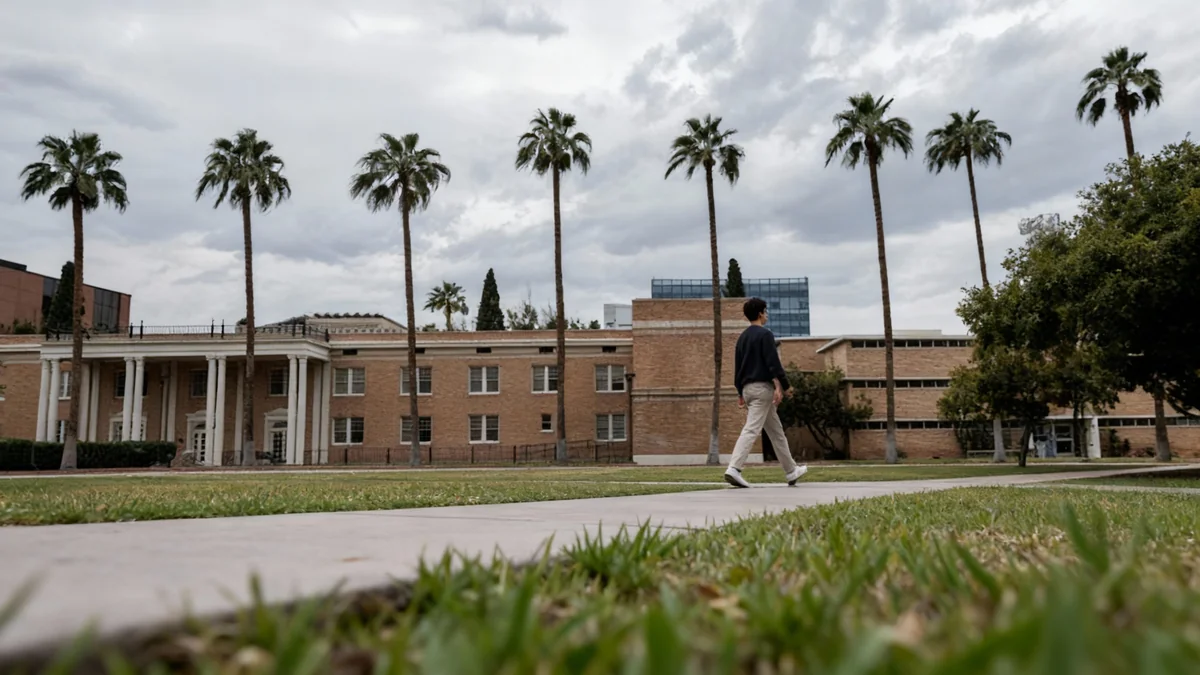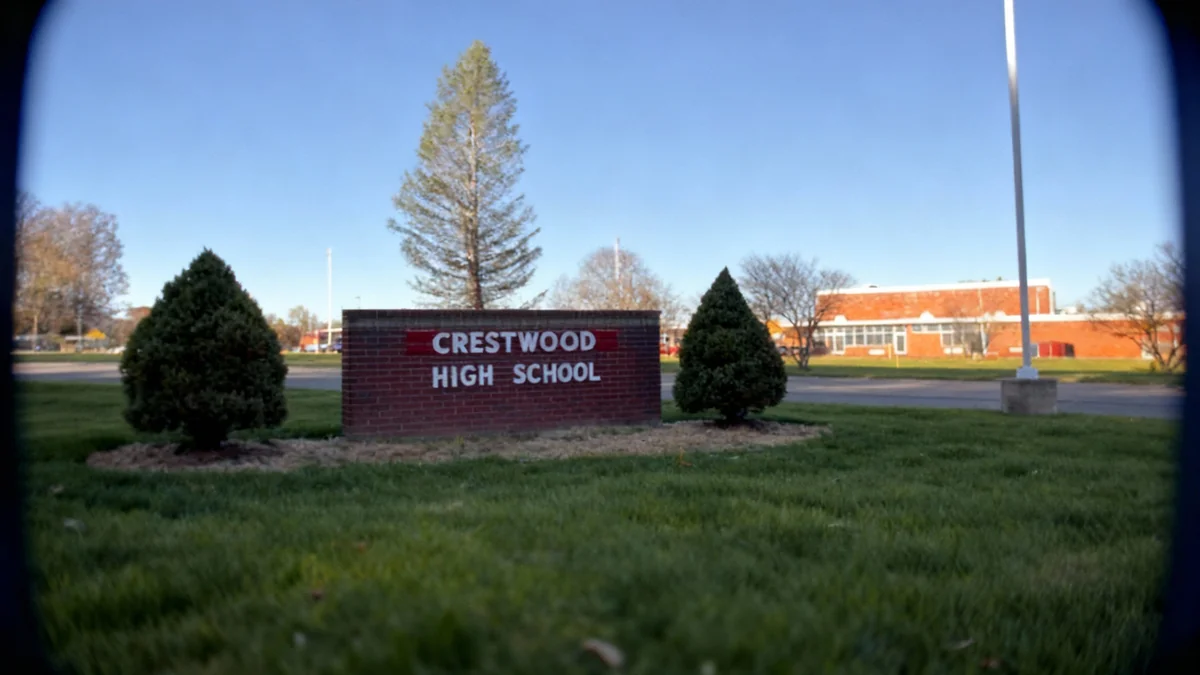The White House is encountering significant opposition from many of the nation's top universities regarding its latest education reform proposals. Several elite institutions have declined to endorse a new policy compact that would tie federal research funding to their adoption of specific administration policies, creating a notable divide in American higher education.
Key Takeaways
- The administration has proposed a "compact" linking federal research funds to policy compliance.
- Key policy changes include a strict definition of gender and proposed limits on international students.
- A significant number of elite universities, including Ivy League schools and MIT, have refused to support the plan.
- In response, the administration is seeking alliances with other institutions, such as Arizona State University.
Details of the Proposed Education Compact
The core of the administration's new strategy is a proposed "compact" presented to universities. This agreement aims to link continued or enhanced access to billions of dollars in federal research funding with the adoption of several key policy positions. Participation is voluntary, but the financial incentives are substantial for research-focused institutions.
The conditions set by the White House are specific and address contentious social and political issues. Among the most prominent requirements is the formal adoption of the administration's strict definition of gender. Another significant condition involves implementing proposed caps on the number of international students a university can enroll.
Funding at Stake
Federal funding is a critical source of revenue for major research universities, often supporting scientific, medical, and technological advancements. Losing or gaining access to these funds can significantly impact an institution's research capabilities and prestige.
By tying these policy changes to financial support, the administration is leveraging its fiscal authority to influence campus governance across the country. This approach marks a significant escalation in the ongoing debate over the role of the federal government in higher education.
Widespread Rejection from Top Institutions
The proposal was met with immediate resistance from a large portion of the nation's most prestigious universities. Reports indicate that representatives from the Ivy League, the Massachusetts Institute of Technology (MIT), Ohio State University, Washington University, and the University of Virginia have all declined to support the compact.
University leaders have not publicly detailed their reasons for refusal, but the move is widely seen as a defense of institutional autonomy and academic freedom. Many universities have long-standing commitments to diversity and inclusion, which they may view as being in conflict with the proposed policies on gender and international students.
A History of Tense Rhetoric
This development follows a period of strained relations between the administration and academia. President Trump has previously used strong language to describe higher education institutions, including calling some leaders "Marxist maniacs and lunatics" and labeling elite universities as "anti-American." This rhetoric has created a climate of mistrust that complicates policy negotiations.
The unified opposition from these schools presents a major obstacle to the administration's reform agenda. Their refusal undermines the initiative's goal of achieving a broad consensus and forces the White House to reconsider its strategy for implementing these changes.
Administration Seeks New Allies
Faced with rejection from traditional academic powerhouses, the administration is now looking elsewhere for support. Officials have begun outreach to a different set of universities that may be more receptive to their proposals. This strategic pivot was highlighted by a recent meeting involving leaders from several schools, including Arizona State University (ASU).
ASU has gained a national reputation for innovation and for operating on a different model than many traditional elite institutions. By engaging with schools like ASU, the administration hopes to build a coalition of support that can serve as a counterweight to the opposition from more established universities.
"The administration appears to be creating a clear dividing line in higher education: those who align with its policy goals and those who do not. The long-term consequences of this for academic research and collaboration are still unknown."
This search for new partners indicates that the White House remains committed to its agenda, even if it means bypassing the institutions that have historically dominated academic research and policy discussions in the United States.
Implications for the Future of Higher Education
The current standoff has significant implications for the future of American universities. The dispute over the compact could lead to a two-tiered system for federal research funding, where institutional policy alignment becomes a factor in grant allocation. This could potentially redirect research funds away from established centers to a new group of favored institutions.
Potential Consequences
- Research Funding: A shift in how federal research grants are awarded could reshape the landscape of scientific and academic innovation.
- Institutional Autonomy: The conflict raises fundamental questions about the independence of universities and their ability to set their own policies without political pressure.
- International Collaboration: Proposed caps on international students could impact global academic partnerships and reduce the flow of international talent to U.S. universities.
As the administration continues to promote its agenda, the academic community is watching closely. The outcome of this conflict will likely influence the relationship between the federal government and higher education for years to come, affecting everything from campus policies to the direction of national research priorities.





